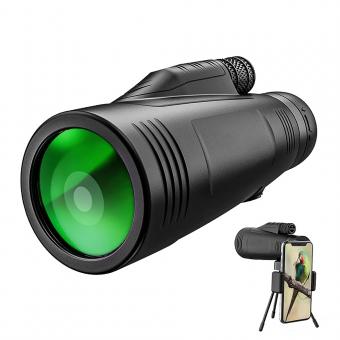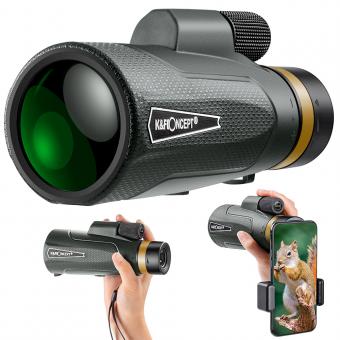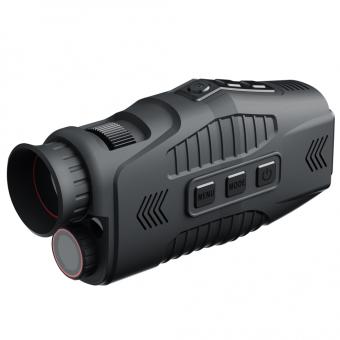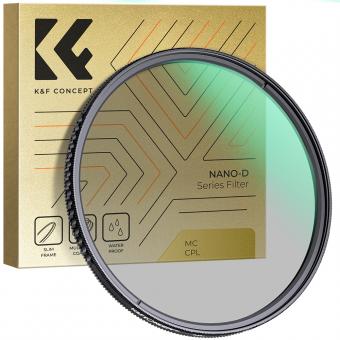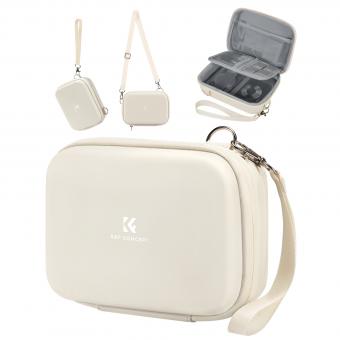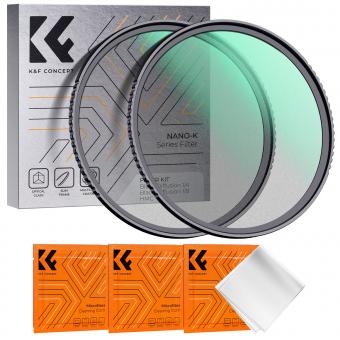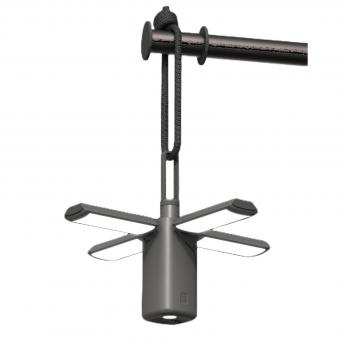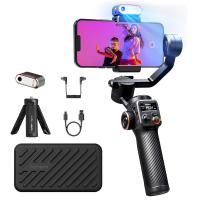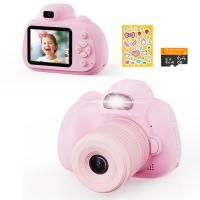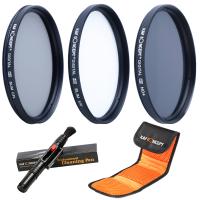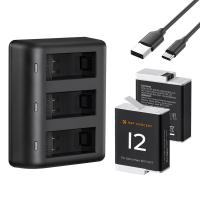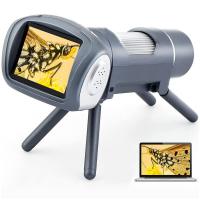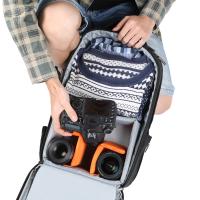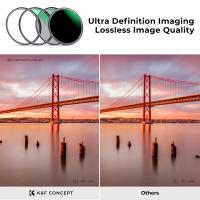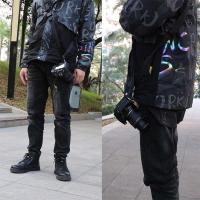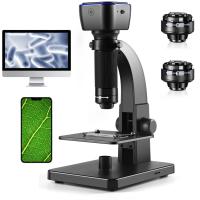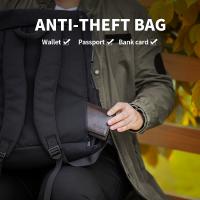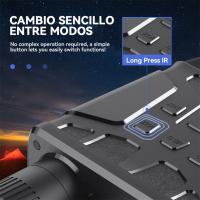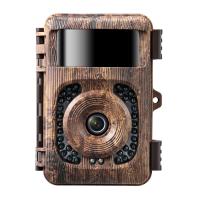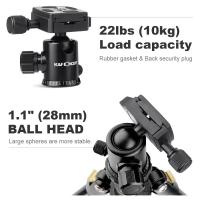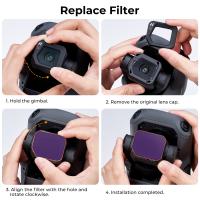What Is A Monocular?
A monocular is a handheld optical device used for magnifying distant objects with one eye. It is similar to a small telescope but is designed for use with one eye, making it a convenient tool for activities such as birdwatching, hiking, and sightseeing.
1、 Definition
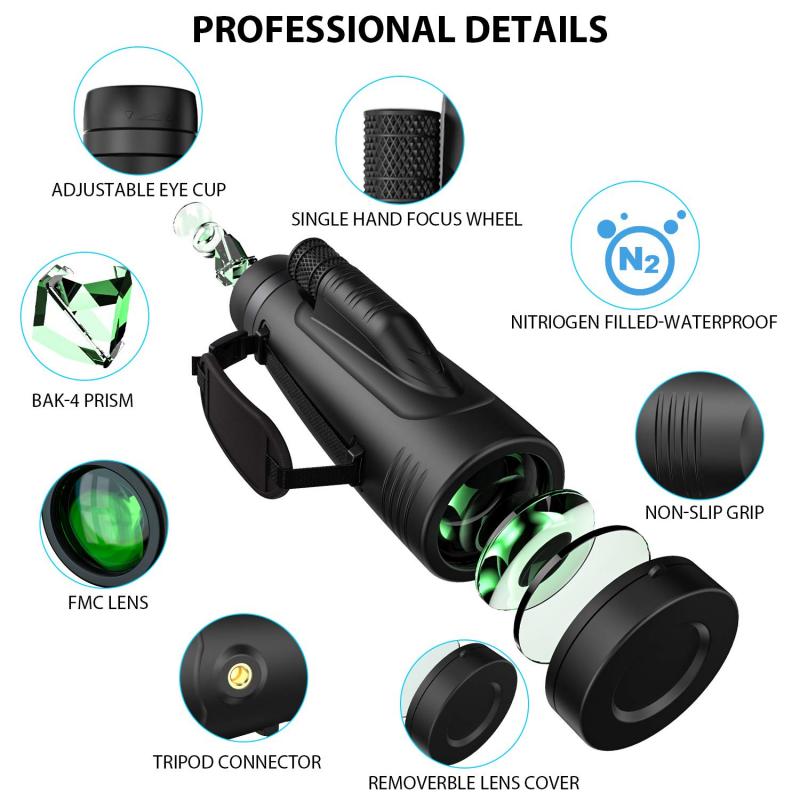
A monocular is a handheld optical device that is used for magnifying distant objects with one eye. It is similar to a small telescope but is designed for single-eye use, making it more portable and convenient for activities such as birdwatching, hiking, or hunting. Monoculars typically have a compact and lightweight design, making them easy to carry and use on the go.
Definition:
A monocular is a type of optical instrument that provides magnified views of distant objects using a single lens and eyepiece. It is commonly used for outdoor activities, surveillance, and as a low-vision aid. Monoculars are available in various magnification powers and lens diameters, allowing users to choose the best option for their specific needs.
From a latest point of view:
In recent years, monoculars have seen advancements in technology, with the introduction of features such as image stabilization, night vision capabilities, and smartphone compatibility. These advancements have expanded the versatility and functionality of monoculars, making them even more useful for a wide range of activities. Additionally, the use of high-quality optics and coatings has improved image clarity and brightness, enhancing the overall viewing experience.
Overall, a monocular is a versatile and portable optical device that provides magnified views of distant objects, and its latest advancements have made it an even more valuable tool for outdoor enthusiasts, nature lovers, and individuals with low vision.
2、 Types
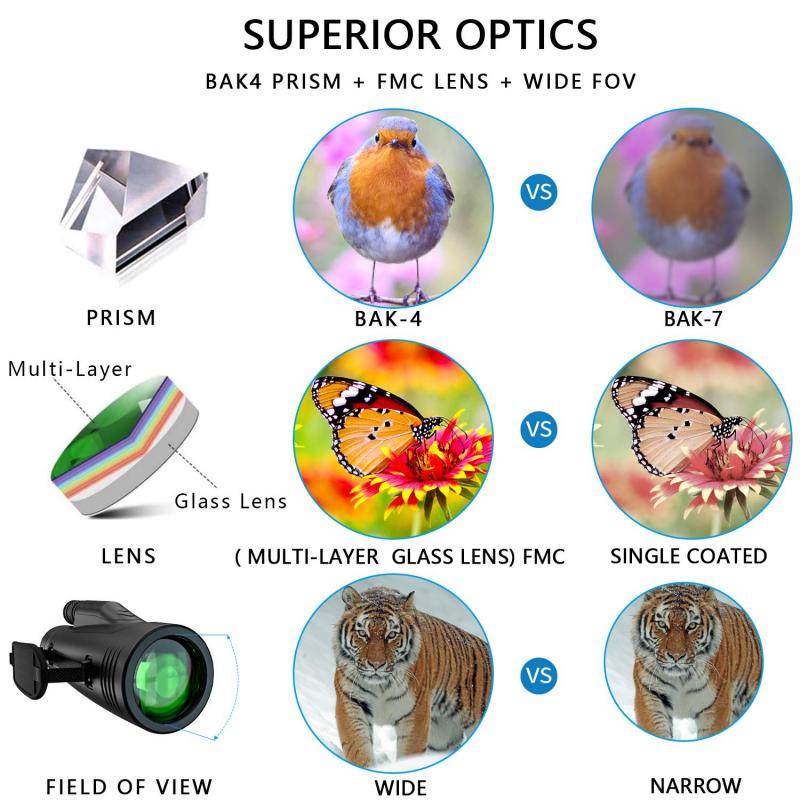
A monocular is a type of optical device that is used for magnifying distant objects with one eye. It is similar to a binocular, but instead of having two eyepieces, it has only one. Monoculars are commonly used for activities such as bird watching, hunting, and outdoor exploration, as they provide a compact and lightweight alternative to binoculars.
There are several types of monoculars available on the market, including compact monoculars, night vision monoculars, and thermal imaging monoculars. Compact monoculars are small and portable, making them ideal for activities such as hiking and camping. Night vision monoculars use advanced technology to amplify ambient light, allowing users to see in low-light conditions. Thermal imaging monoculars detect heat signatures, making them useful for surveillance and search and rescue operations.
In recent years, there has been a growing interest in digital monoculars, which use digital technology to capture and display images. These devices often come with features such as image and video recording, as well as the ability to connect to smartphones for sharing and live streaming. Digital monoculars are becoming increasingly popular for outdoor enthusiasts and professionals alike, as they offer enhanced functionality and versatility.
Overall, monoculars come in various types and offer different features to cater to the diverse needs of users. Whether for recreational or professional use, there is a monocular available to suit a wide range of applications.
3、 Uses
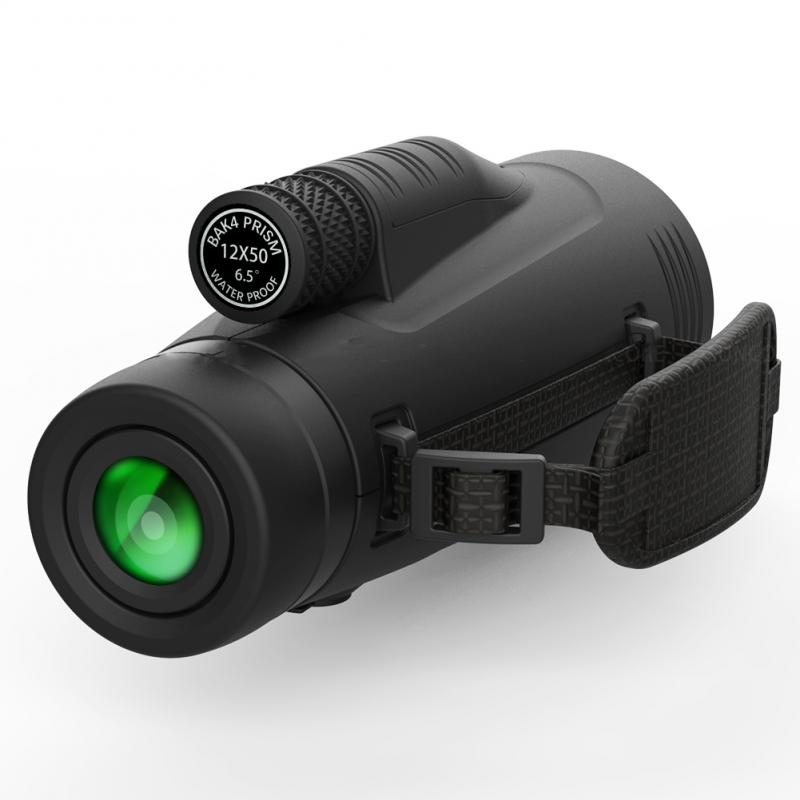
A monocular is a handheld optical device that is used for magnifying distant objects with one eye. It is similar to a small telescope but is designed for single-eye use, making it more portable and convenient for activities such as birdwatching, hiking, hunting, and sightseeing. Monoculars are also commonly used in the military and law enforcement for surveillance and reconnaissance purposes.
In recent years, the use of monoculars has expanded to include applications in the field of technology, particularly in the development of augmented reality (AR) and virtual reality (VR) devices. Monocular vision systems are being integrated into AR and VR headsets to provide users with enhanced visual experiences, allowing for immersive gaming, training simulations, and interactive digital content.
The latest point of view on monoculars emphasizes their versatility and adaptability across various industries. With advancements in lens technology and image processing, monoculars are becoming more powerful and capable of delivering high-resolution images with improved clarity and detail. This has led to their increased use in fields such as astronomy, photography, and cinematography, where precision and image quality are paramount.
Overall, the uses of monoculars continue to evolve and expand, driven by advancements in technology and the growing demand for portable, high-performance optical devices in both recreational and professional settings.
4、 Advantages
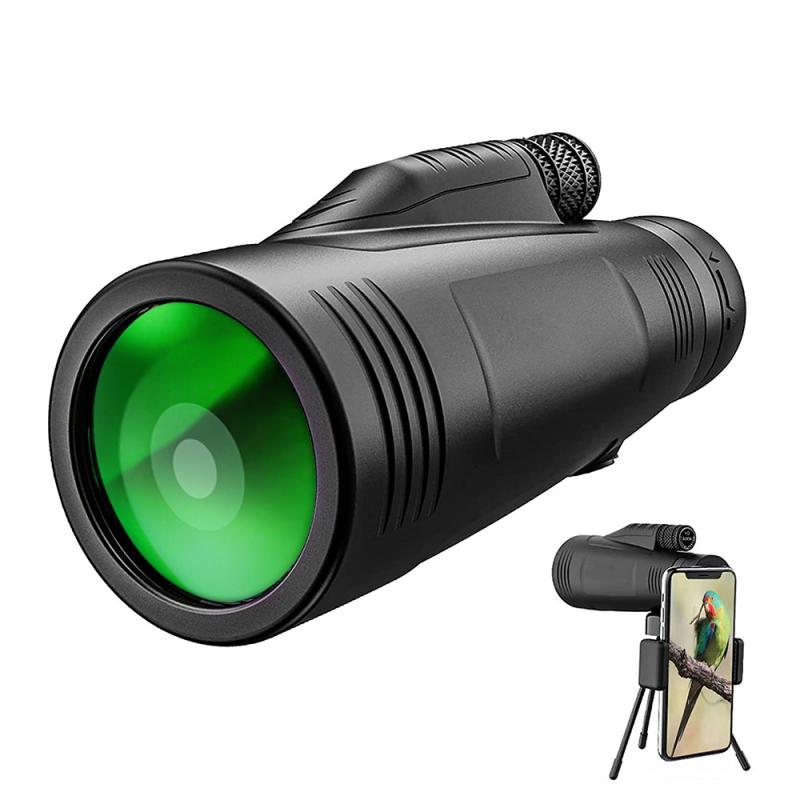
A monocular is a handheld optical device that is used for magnifying distant objects with one eye. It is similar to a small telescope but is designed for single-eye use. Monoculars are commonly used for activities such as bird watching, hunting, and outdoor exploration.
Advantages of using a monocular include its compact and lightweight design, making it easy to carry and use on the go. It also provides a wider field of view compared to binoculars, allowing for easier scanning of the surrounding area. Additionally, monoculars are often more affordable than binoculars, making them a cost-effective option for those who want to engage in outdoor activities without breaking the bank.
From a latest point of view, monoculars have also become popular for smartphone photography, as they can be easily attached to a phone to enhance zoom capabilities and capture distant subjects with greater clarity. This versatility makes monoculars a valuable tool for both outdoor enthusiasts and amateur photographers.
Furthermore, monoculars are often more discreet than binoculars, making them suitable for activities where maintaining a low profile is important, such as wildlife observation or surveillance. Their single-eye design also allows for quick and easy focusing, making them ideal for capturing fast-moving subjects.
In conclusion, the advantages of a monocular lie in its portability, affordability, versatility, and discreetness, making it a valuable tool for a wide range of outdoor activities and photography.

